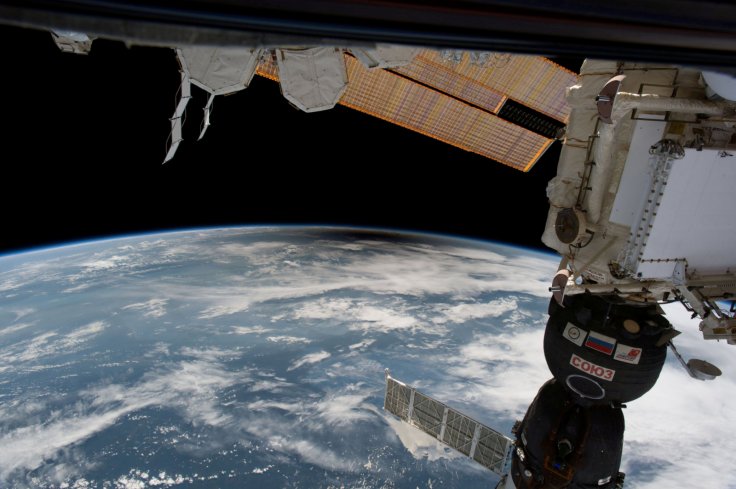
A new research report published in the journal Life has revealed that scientists will be growing beans in the International Space Station (ISS) by 2021. As per the study report, beans will be planted in advanced high-tech planters developed by scientists at the Norwegian University of Science and Technology (NTNU).
During the study, researchers performed three experiments to determine the effectiveness of growing beans in space. In the first two experiments, researchers determined the effectiveness of restricted rooting- and nutrient solution volumes, and from the results obtained, a third experiment was conducted to assess plant responses to nitrate nutrient solutions.
"We found that plants can, in a way, 'smell' the amount of nutrients available to them. When the nitrogen concentration is very low, the plant will absorb more water and thus more nitrogen until it reaches an optimal level. The plant has a mechanism that turns on when the nitrogen level is adequate. Then it adjusts both nitrogen and water absorption down," said Silje Wolff, a plant physiologist at the Centre for Interdisciplinary Research in Space (CIRiS) who took part in the NTNU research, Eurekalert.org reports.
Silje Wolff also added that all the experiments which can be done on the earth have already completed testing the effectiveness of plant growth in space. Researchers are now planning to grow in space to determine the effect of growing plants in the absence of gravity. Due to the absence of gravity, plants may find it hard to transport water and absorb oxygen, and scientists are also planning to find a feasible solution to this problem.
In the International Space Station, beans would be placed in a centrifuge. This centrifuge will be rotated continuously, and it will result in the creation of small gravity in the ISS.
"The art of getting something to grow in space can be transferred to our planet. This is how we create a setup that produces both the microgravity conditions in the space station and the 1-g (gravity) force that exists on Earth. The dream of every astronaut is to be able to eat fresh food - like strawberries, cherry tomatoes or anything that's really flavorful. Someday that will certainly be possible. We envision a greenhouse with several varieties of vegetables," added Wolff.
If this project became a success, it would help scientists to solve the problem of food scarcity, especially during manned Mars missions which may take years to complete.








